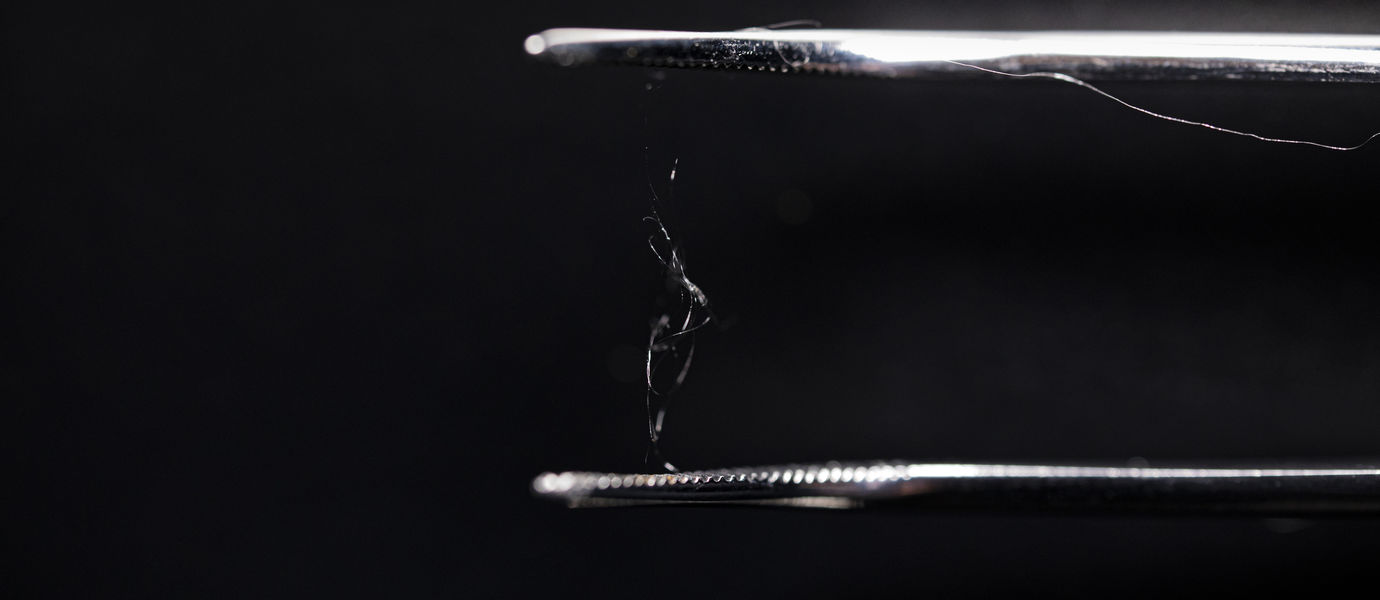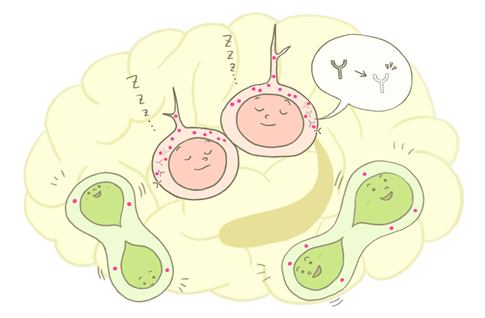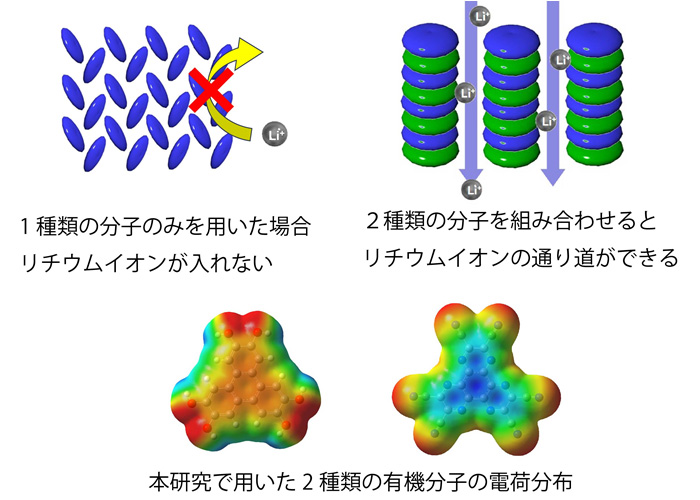(A combination of wood fibres and spider silk could rival plastic)
2019/9/16 フィンランド・アールト大学

・ アールト大学は、VTT の研究者らと共同で、自然界よりヒントを得て、樹木のセルロース繊維とクモの糸に含まれるシルクタンパク質を融合した新しいバイオベース材料を開発。
・ 強靭で弾力性を備えた同材料は、将来的には、プラスチックに代わるバイオベースの合成物となり得るものであり、医療用アプリケーション、外科手術用ファイバー、織物や包装産業への活用が期待できる。
・ 自然界は、本研究で使用した、堅固で入手が容易なセルロースや、強靭でフレキシブルなシルク等の新材料の宝庫。これらの材料の有利な点は、プラスチックとは異なり、生分解性であるため、マイクロプラスチックのように環境に悪影響を与えることがないこと。
・ 本研究では、樺の木のパルプをセルロースナノフィブリルに分解し、硬いスキャフォールドで整列させ、そのセルロースネットワークに柔軟で散逸エネルギーをもつスパイダーシルク粘性マトリクスを浸透させた。
・ シルクは天然のタンパク質で、蚕やクモの糸から採取できる。新材料用のスパイダーシルクは、クモの巣から直接採取したものではなく、バクテリアと合成 DNA を使用して作製。DNA の構造が判明しているため、複製し、天然のクモの巣の糸と化学的に類似したシルクタンパク質分子の作製に使用できる。
・ 本研究は、タンパク質工学に新しく幅広い可能性を示す。将来的には、構成要素を僅かに変更した類似した複合材料を作製し、他のアプリケーションで利用できる様々な特性を持たせることが可能になると考える。
・ 現在は、インプラントや緩衝剤用の新しい複合材料を開発中。
・ 本研究は、アールト大学の Centre of Excellence in Molecular Engineering of Biosynthetic Hybrid Materials (HYBER) における活動の一部。
URL: https://www.aalto.fi/en/news/a-combination-of-wood-fibres-and-spider-silk-could-rivalplastic
(関連情報)
Science Advances 掲載論文(フルテキスト)
Biomimetic composites with enhanced toughening using silk-inspired triblock proteins and aligned nanocellulose reinforcements
URL: https://advances.sciencemag.org/content/5/9/eaaw2541
<NEDO海外技術情報より>
Abstract
Silk and cellulose are biopolymers that show strong potential as future sustainable materials. They also have complementary properties, suitable for combination in composite materials where cellulose would form the reinforcing component and silk the tough matrix. A major challenge concerns balancing structure and functional properties in the assembly process. We used recombinant proteins with triblock architecture, combining structurally modified spider silk with terminal cellulose affinity modules. Flow alignment of cellulose nanofibrils and triblock protein allowed continuous fiber production. Protein assembly involved phase separation into concentrated coacervates, with subsequent conformational switching from disordered structures into β sheets. This process gave the matrix a tough adhesiveness, forming a new composite material with high strength and stiffness combined with increased toughness. We show that versatile design possibilities in protein engineering enable new fully biological materials and emphasize the key role of controlled assembly at multiple length scales for realization.


